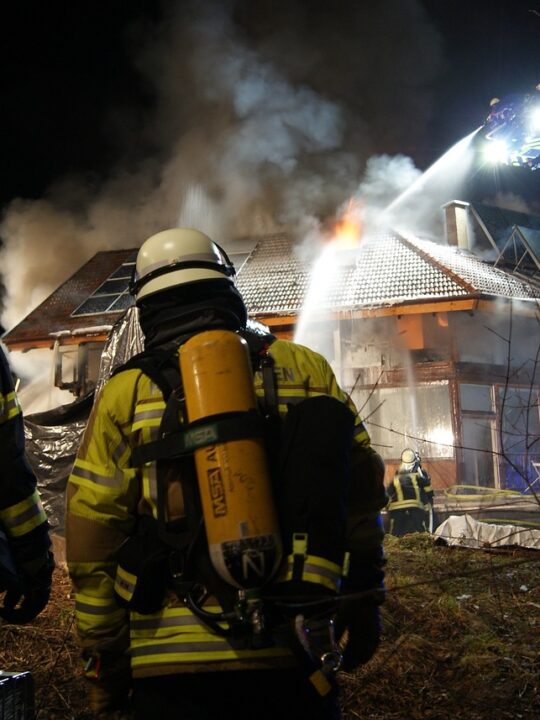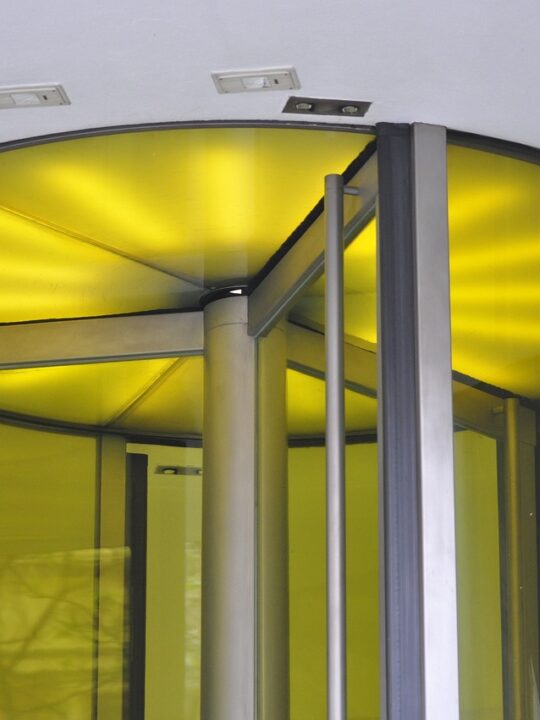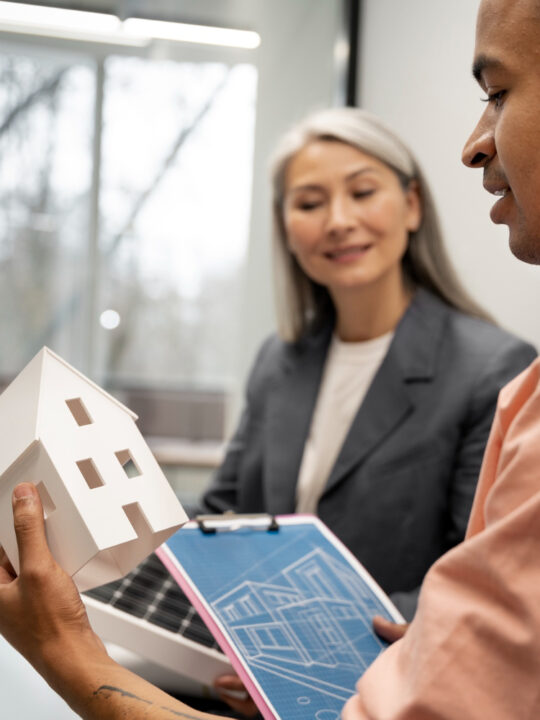It is anticipated that there will be 1.36 billion iPhone users worldwide and 136 million iPhone users in the United States by 2023.
Owning an iPhone comes with certain perks and responsibilities. For one, you’re able to upload pictures, videos, and contacts directly to your phone as you see fit. Also, itchy and responsive gestures allow you to navigate the screen and control the programs as though you’re massaging them.
Of course, such perks come with a few downfalls as well. For one, the reach of your iPhone speaker volume is compromised severely.
Keep reading to find out some reasons why the volume might be a little lower than you expect on your favorite iPhone.
Table of Contents
Obstructed Speaker Grill
The bottom grills on an iPhone need to remain clean and unobstructed. Dust, dirt, and other debris can be easily collected within these grills, clog up the passages, and make sound escape difficult. Sometimes, it can even block the sound altogether.
If you ever find yourself with an iPhone that has a low speaker volume, the first step should be to remove any dirt or dust from the grills. A few quick puffs of air can do the trick, but a more thorough cleaning can easily be done using a small brush or vacuum.
Volume Limit Restrictions
An iPhone speaker volume is so low due to volume limit restrictions. These restrictions are in place to follow safety regulations that have been set around the world.
Exposing your ears to continuous loud noises for long periods can cause permanent hearing damage. With that, by subduing the sound, the device is reducing the potential harm to your hearing. It is possible to override these restrictions by tweaking the settings, but it can damage the speakers permanently if you do so.
Software Glitch
Outdated software or corrupted files that are affecting the normal audio quality can be the root cause. It can also be a result of a certain bug in the software of the device.
Other factors that lead to low speaker volume can be old speakers deteriorating due to prolonged use. Users having trouble with low iPhone speaker volume must check for system updates to fix the software issues. If that fails, it’s better to take the device to a reputable shop that offers iPhone repair.
Audio Settings
Apple engineers create this sound setting to limit sound levels to a certain standard. This means that the phone may sound loud to the user, but it is not as loud as it would be if it was on the highest settings.
Despite this, the user has the option to increase the volume by going into the audio settings and adjusting the audio levels to the highest setting. This will allow the user to increase the speaker sound on the phone and enjoy better sound clarity and quality. The users can also adjust the settings for different audio needs such as movies, music, etc.
Bluetooth Connectivity
Most older iPhones do not support Bluetooth, so sound quality is commonly affected to accommodate Bluetooth connectivity. The sound may lack clarity and may not be loud enough.
Additionally, it can be fussy and unreliable. Connections often drop and have a range limit, so the device must be very close for a good connection. Weak or unreliable connections can lead to audio breaks, skips, and low volume.
Outdated iOS
When a version of iOS gets outdated, it can cause certain problems with the sound quality or volume. A phone speaker often becomes so quiet and distorted that it is difficult to understand what is being said or played. It is important to keep it up-to-date with the latest version of iOS to ensure you get the best sound quality.
Additionally, since iPhones often have only one built-in speaker, having a good speaker volume is especially important. So, by keeping your iOS version up-to-date, you can ensure that you don’t have to suffer from low speaker volume issues on the iPhone.
Low Battery or Power Saving Mode
When the phone is running on low battery or in power saving mode, it reduces the device’s performance. This can cause speaker volume to be drastically reduced. Power saving mode will also restrict activities like Wi-Fi and Bluetooth, which can reduce the clarity of audio and thus lead to a decrease in volume.
To avoid this issue, consumers must ensure their phones are properly powered at all times. For those who frequently experience low battery, it may be beneficial to buy an external battery charger.
Third-Party Apps
Many apps have their lower volume limit officially set to low, due to the wide variety of sound settings available on other devices and speakers. As a result, the sound is adjusted to the lower range when playing on the iPhone speakers, making it difficult to listen.
Most apps have a setting or equalizer that allows iPhone users to adjust the sound level freely. This allows them to customize their experience and raise the speaker volume to their preference.
However, it’s important to note that some older apps may be unable to provide this customization. If this is the case, the only option would be to delete the app and download a newer version.
Water Damage
Water can damage circuits in the iPhone and cause malfunction. It can also affect the speaker as it may corrode or damage the port which causes the spring or contact pins to become misaligned. This can directly affect the speaker’s ability to produce sound at a higher volume.
Furthermore, water can cause a cellphone’s internal components to be short, which may also result in a lower volume. This could be because water can interfere with the electrical current and disrupt the main board’s functioning.
Know More About iPhone Speaker Volume
In conclusion, the volume of an iPhone speaker can be affected by many factors, including water damage, dust buildup, software updates, and hardware damage. If your iPhone speaker volume is unexpectedly low, try checking for these issues.
If all else fails, contact Apple Support for assistance. With the right guidance, you can get your phone back to full volume and make sure it stays that way.
For other tech tips and advice, check out our other articles before you leave.







